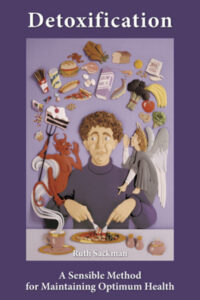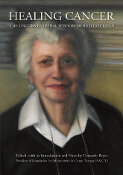The mango is said to have originated in Burma, Malaya, or the Himalayan region of India. It has been in cultivation for over 4000 years and has entered prominently in Hindu mythology and religious observances. It is now a familiar fruit to all parts of the tropic zone, and is as important there as the apple is in our more temperate climate.
Although the mango is not too well-known in this country, some parts of the world value this fruit highly. Glowing descriptions of mangos can be found in the literature of these countries. The Turkoman poet, Amir Khusrau, for instance, wrote of the mango in the fourteenth century: “The mango is the pride of the garden, the choicest fruit of Hindustan. Other fruits we are content to eat when ripe, but the mango is good in all stages of growth”.
The first attempt to introduce the mango into this country was made in 1833, when plants were transported to Florida from Mexico. These trees died, and another attempt was made thirty years later when seedling trees were introduced. The real success of its culture came at the beginning of this century, when choice grafted trees were brought from India. Because the fruit’s susceptibility to frost, its culture is limited to certain sections of Florida, where it is a summer crop only.
The mango tree is a member of the sumac family. Its sometimes grows as high as 40 feet. Its leaves are shiny and its flowers yellow or of a reddish hue. There are hundreds of varieties of mangos, and they range from the size of plums to that of apples, often weighing a pound or more. The common color of the mango is orange, although the fruit may range from green to yellow or red.
This fruit is available from May to September, the peak month being June. Some varieties are shipped in from China, Jamaica, Mexico and Cuba. A quality mango has a fairly small seed stone, and the pulp is delicate and smooth. The fruit should be fresh in appearance, plump, and firm to the touch; however the test of quality is in its taste.
Mangos are best eaten as a fresh fruit. They have a high sugar content, although they are slightly acid in taste. Mangos are good used in combination with other fruits in salads, and in some parts of the world they are roasted. Both the flavor and aroma of mangos are spicy and attractive. To conserve the aroma, do not cut until just before serving.
Therapeutic Value of Mangoes
Mangos contain a considerable amount of gallic acid, which may be binding to the bowels. It is excellent as a disinfectant to the body. Many people claim the mango is a great blood cleanser,and it also has fever-soothing qualities. mango juice will reduce excessive body heat. Mangos are also wonderful for helping to throw off body odors.
Nutrients in one pound of Mangoes
Calories 198
Protein 2.1g
FAT 0.6g
Carbohydrates 51.6g
Calcium 27mg
Phosphorus 39mg
Iron 0.6g
Vitamin A 14,5901I.U.
Thiamine 0.19mg
Riboflavin 0.17mg
Niacin 2.8 mg
Ascorbic acid 106mg





